The world of water polo is fast-paced, physically demanding, and requires a unique blend of athleticism and strategy. Among the players, the goalkeeper stands as the last line of defense, a role that demands not only exceptional reflexes but also a deep understanding of the game. Unlike field players, the goalkeeper operates in a specialized space, balancing the need to block shots with the responsibility of directing the defense. It’s a position that often goes underappreciated, yet it can be the difference between victory and defeat.
Water polo goalkeepers face a unique set of challenges. The pool’s dimensions and the ball’s buoyancy add layers of complexity to their role. Unlike soccer or hockey, where the goalie can rely on solid footing, water polo keepers must constantly tread water while maintaining explosive vertical movement. This requires immense lower-body strength and endurance. The best goalkeepers train relentlessly to improve their leg strength, often incorporating specialized drills that mimic game scenarios. Without strong legs, even the quickest reactions won’t be enough to make crucial saves.
Positioning is everything for a water polo goalkeeper. Unlike in other sports where shot-stopping relies heavily on reflexes, water polo keepers must anticipate angles and cut down scoring opportunities before the shot is even taken. They must read the shooter’s body language, track the ball’s trajectory, and adjust their stance within seconds. A well-positioned goalkeeper can force attackers into making mistakes, either by taking low-percentage shots or hesitating long enough for defenders to recover. This mental aspect of the game separates good goalkeepers from great ones.
Communication is another critical component of a goalkeeper’s role. Since they have the best view of the entire pool, they often act as the defensive quarterback, calling out switches, marking assignments, and alerting teammates to incoming threats. A vocal keeper can organize a disjointed defense, ensuring that no attacker goes unmarked. This leadership quality is especially vital during power plays or counterattacks, where split-second decisions determine whether the opposing team scores or is shut down.
The psychological pressure on a water polo goalkeeper is immense. A single mistake can lead to an easy goal, and unlike field players, keepers don’t have the luxury of making up for errors with offensive plays. The mental resilience required to shake off a conceded goal and refocus for the next possession is a skill honed through experience. Many top goalkeepers develop pre-game routines or mental exercises to stay calm under pressure, knowing that their performance can dictate the team’s morale.
Training regimens for water polo goalkeepers are grueling. In addition to standard swimming and strength conditioning, they undergo specialized drills focusing on reaction time, hand-eye coordination, and explosive jumps. Some use weighted belts to simulate the resistance of a game scenario, while others practice with smaller balls to sharpen their reflexes. The best goalkeepers also study film, analyzing opponents’ shooting tendencies to gain an edge. It’s a relentless pursuit of improvement, as even the slightest advantage can be the difference in a tightly contested match.
Despite the physical and mental demands, the artistry of goalkeeping is what makes it so captivating. A perfectly timed leap to deflect a penalty shot, a lightning-fast reaction to stop a close-range blast, or a well-placed outlet pass to ignite a counterattack—these moments showcase the goalkeeper’s impact on the game. While scorers often grab headlines, those who understand water polo know that a stellar keeper is the backbone of any championship-caliber team.
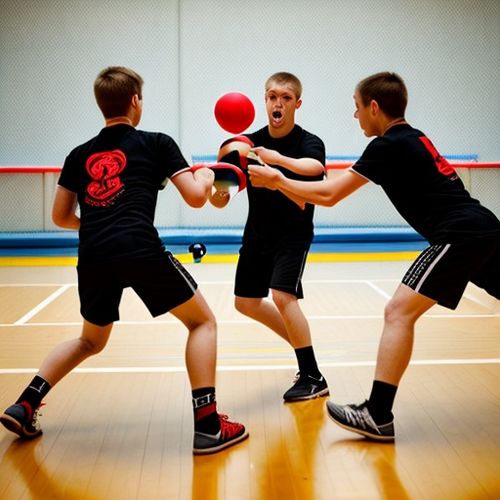
By Christopher Harris/May 8, 2025
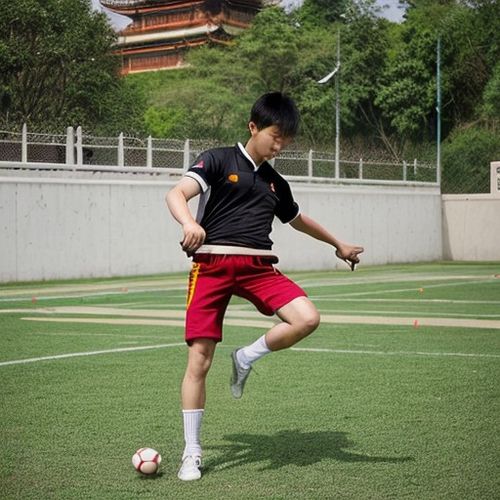
By Laura Wilson/May 8, 2025
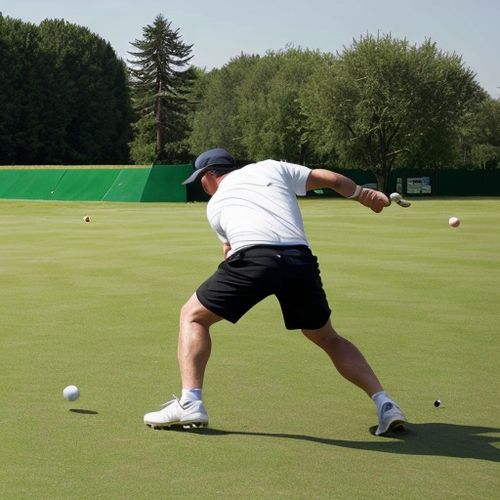
By Amanda Phillips/May 8, 2025
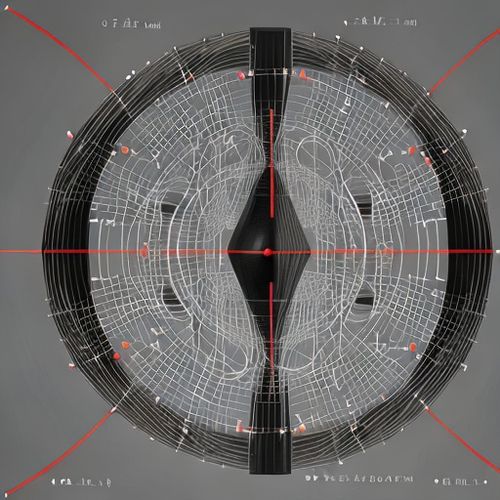
By William Miller/May 8, 2025
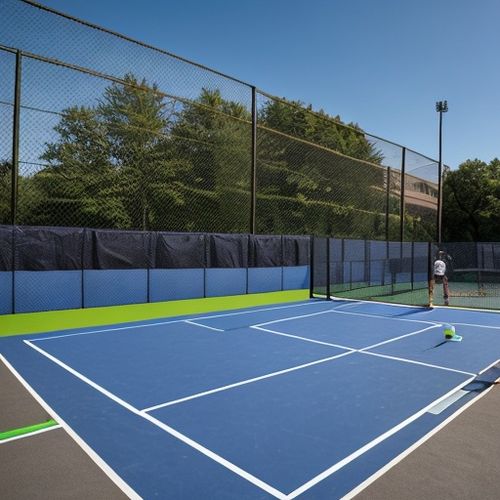
By Noah Bell/May 8, 2025
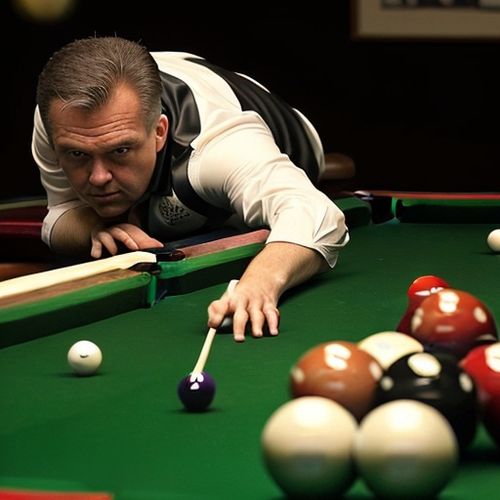
By Elizabeth Taylor/May 8, 2025

By Joshua Howard/May 8, 2025
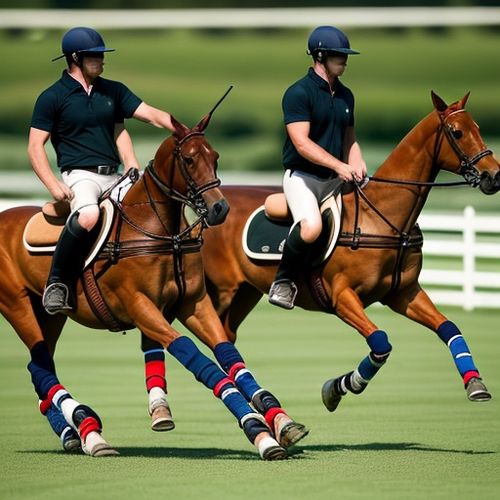
By Ryan Martin/May 8, 2025
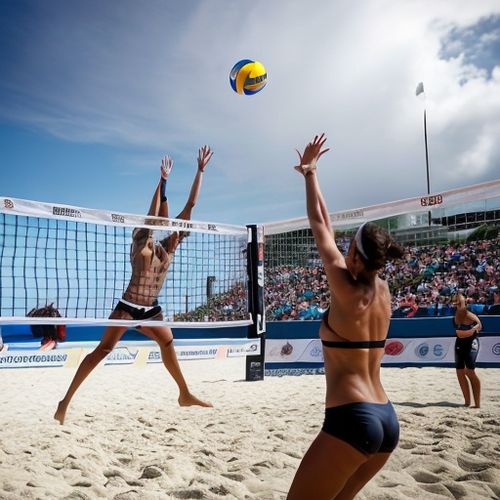
By George Bailey/May 8, 2025

By Natalie Campbell/May 8, 2025
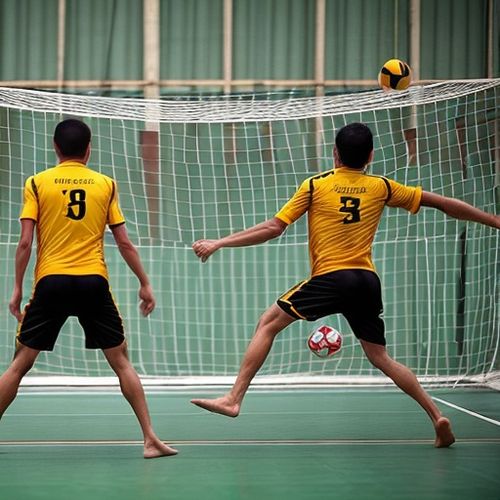
By Joshua Howard/May 8, 2025
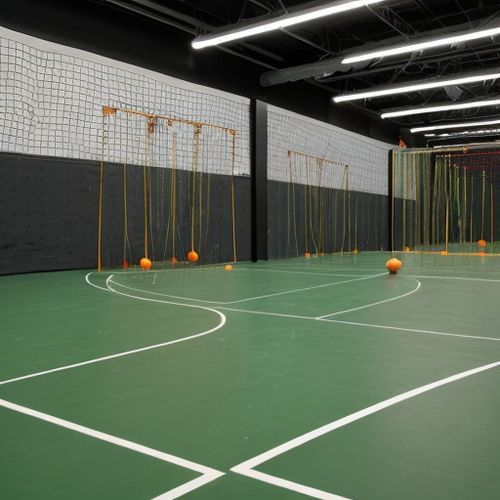
By Elizabeth Taylor/May 8, 2025
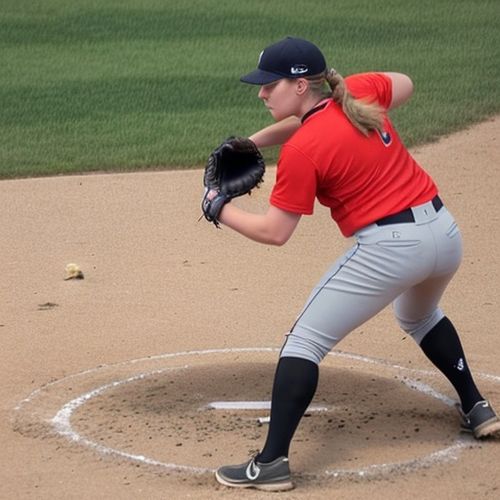
By Samuel Cooper/May 8, 2025
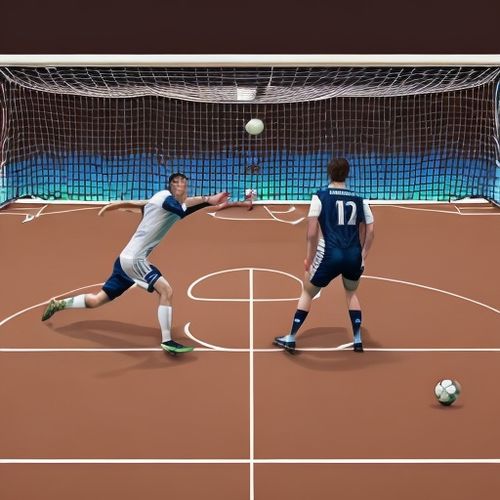
By Joshua Howard/May 8, 2025
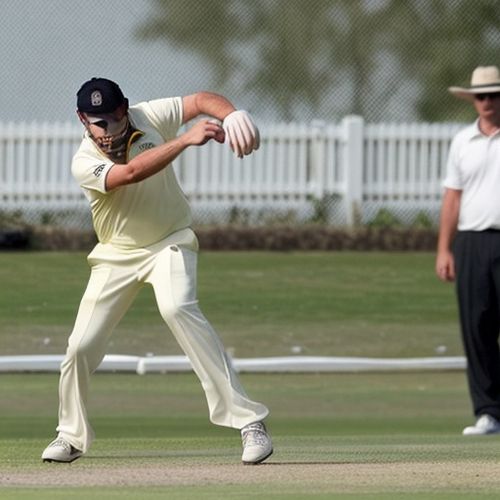
By Grace Cox/May 8, 2025
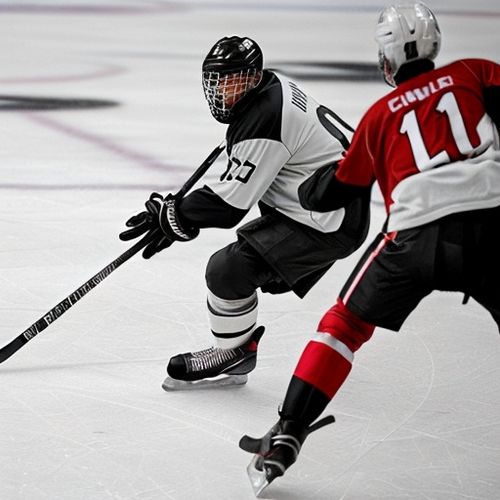
By Christopher Harris/May 8, 2025

By Samuel Cooper/May 8, 2025

By Sophia Lewis/May 8, 2025
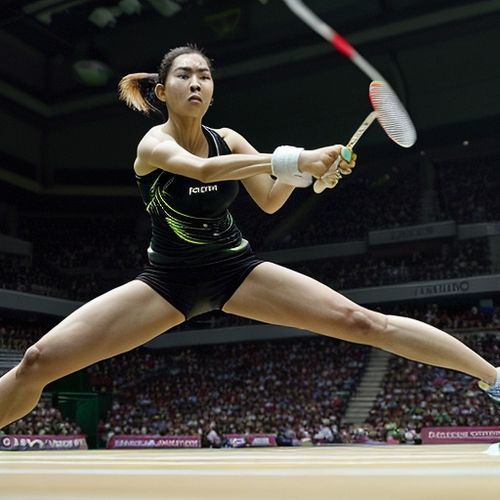
By Eric Ward/May 8, 2025
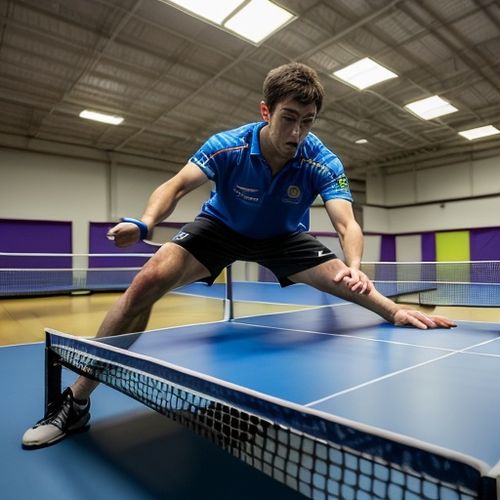
By Sarah Davis/May 8, 2025